Winter Adventures in South Texas
Winter is just about over here in the southern tip of Texas. We've recently had a flurry of activity which keeps our minds off the cool weather, wind and rain we've had for the last two months. Last week Louise and I led three excursions for our park. Each of these was a delightfully different treat.
On Wednesday we escorted a group from the park to the Cowley Sugar House in Santa Rosa, Texas. The distance is a moderate 40 miles and the trip was relatively easy with local roads most of the way. A security guard welcomed us to the Cowley Sugar House, which is the only sugar cane processing plant in Texas.
We were directed to the office, where we were met by the safety officer, Ramiro Garces. He outlined the sugar growing, harvesting and processing that takes place in the area. For years we've seen the sugar fields burning but never knew exactly how or why this was done. It turns out that the field is burned to make the harvesting easier and more profitable. The harvesting machines don't have to work as hard and the harvest goes faster when the field is burned. It takes just 20 minutes to burn a field of 40 acres. After the fire, the sugar cane is left standing without all the leaves. The cane is cut and shredded by the harvester, transported to carriers and then transferred to tractor trailers for transportation to the mill. At the mill the fiber in the sugar cane is separated from the sugar. The fiber is dried and burned to produce all the electricity needed to run the mill. The sugar is concentrated into raw sugar and the molasses, a byproduct, is sold to the animal feed industry. The raw sugar is shipped to a refinery in Louisiana.
Sugar cane is a perennial plant and is only replanted when the production of a field falls too low to be profitable. There are 119 sugar growers here in the Rio Grande Valley. They are all members of the cooperative that owns the Cowley Sugar House. It was very interesting to learn about an industry that we see all the time.
Thursday, we took a group of 24 friends to the Gladys Porter Zoo in Brownsville. As zoos go, this one is small but it makes up for size with its displays which have some of the best viewing of any zoo we have visited. The animals were all active so we got to see plenty of action. We were escorted on a behind the scenes tour of the zoo by Emma Mitchell from the education department. We learned how the animals are fed and their cages cleaned. We were able to feed a pair of Galapagos tortoises and even pet one on the head. The whole group of tigers at the zoo are from discarded or confiscated pets. The island populated by spider monkeys is also a collection of former pets. It is good that the zoo is able to take some of these, but the discarded animals far exceed the capacity of the zoo. It is a sad commentary on human behavior. After a water break, we enjoyed seeing many of the smaller animals that are used by the education department and then the group dispersed to eat lunch and explore the entire zoo on our own.
On Friday afternoon we traveled to Port Isabel to have dinner at the Port Isabel Yacht Club Hotel and Restaurant. We've visited the Yacht Club many times when we bicycle through Port Isabel. We've always said that we would love to eat dinner there some time so Louise took the lead and organized the trip.
There were 16 people who made the 80 mile drive for dinner. Eight of us stayed the night at the Yacht Club to complete the adventure. Built in 1920, the Yacht Club has the look of a Bogie and Becall movie set. It hosted many distinguished guests, some notorious like Al Capone and others famous such as Lindbergh and Earhart.
We arrived early and had cocktails in the parlor amid antique furniture and furnishings. The building is being restored by its present owner and has a long way to go but the restaurant serves up a fine meal and the staff is quite friendly. To say the rooms are rustic is to be generous. Still, if you enjoy the ambiance of an old resort with great character, this is a fine place to spend a night or two. Everyone enjoyed their experience.
The trees in our park are breaking out in tiny green leaves and we'll have tons of flowers by the end of the month. Temperatures here in the Rio Grande Valley will be warming into the 80s on a regular basis soon and the winter will quickly be forgotten. One year we left the valley early to attend a convention in Philadelphia at the end of March. As we drove north we left the roadsides bursting with flowers behind. Driving north on the third day Louise turned to me and asked what had killed all the trees? I laughed and said, "They aren't dead, it is winter here." We both laughed. We had become so adjusted to the short southern winters that it was now a surprise to see all the leafless trees in March.
The good news, my friends, is that the trees will be turning green further north soon. A wave of green will make its way all the way to the Arctic Circle and beyond. Daylight is getting longer each day and spring is on the way. It is time to start planning your summer travels and getting the motor home ready for the trip!

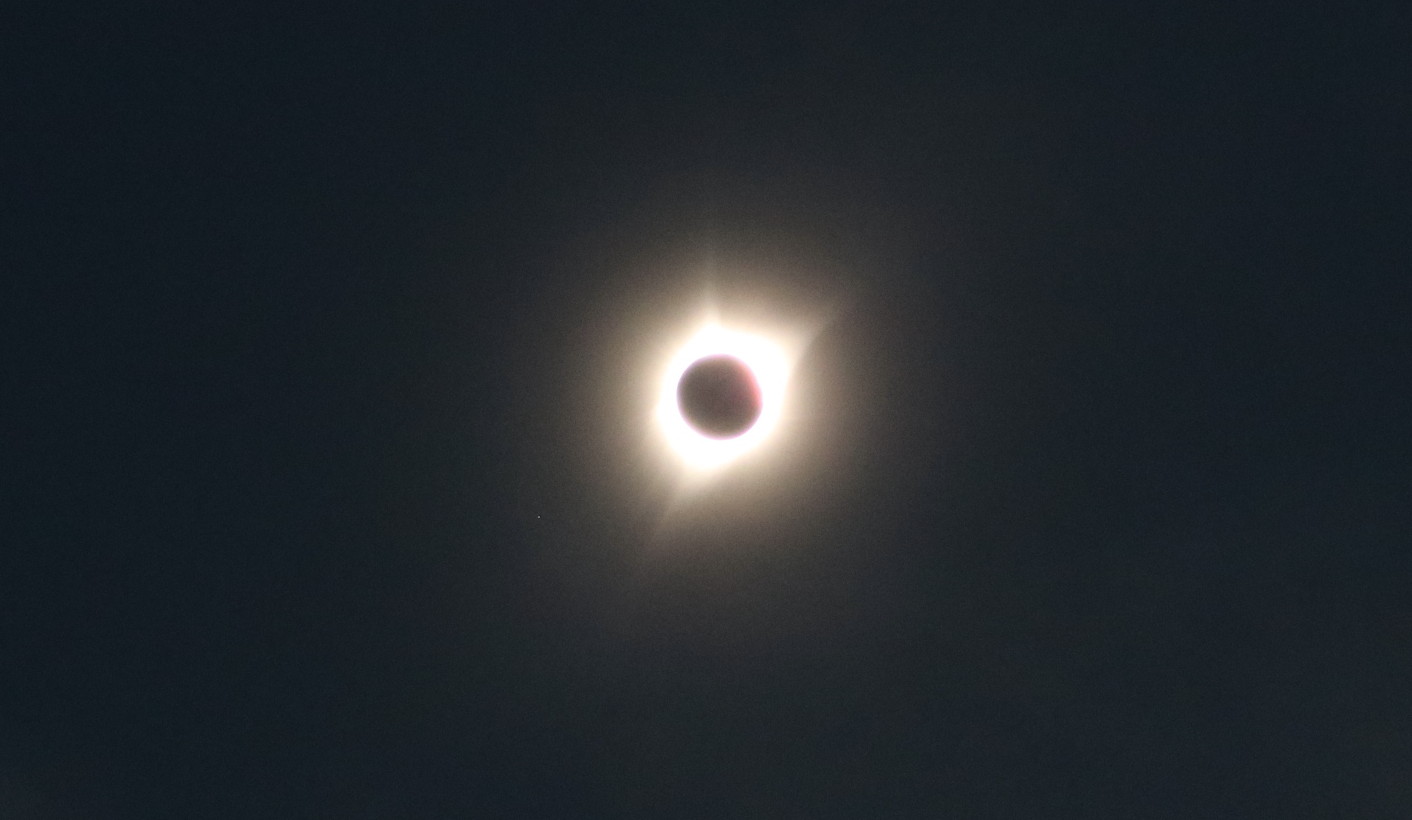


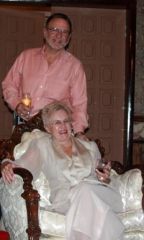
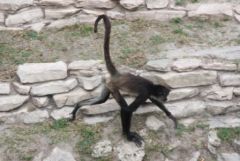

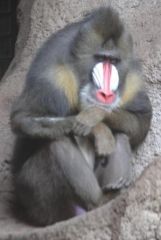
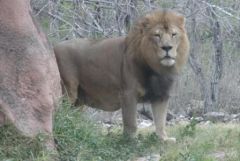
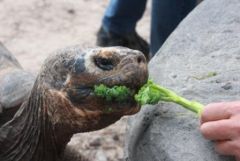
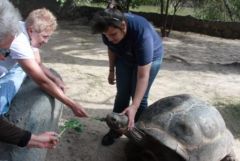





1 Comment
Recommended Comments
Please sign in to comment
You will be able to leave a comment after signing in
Sign In Now